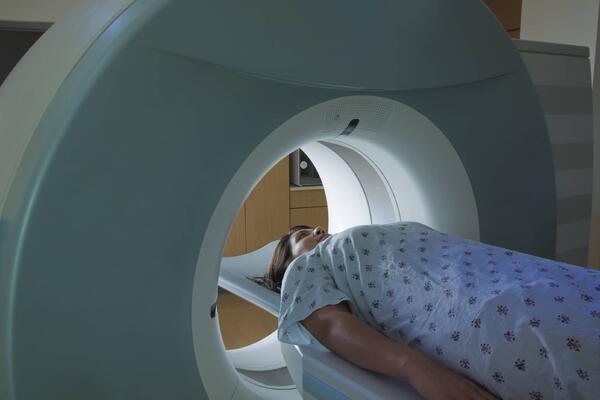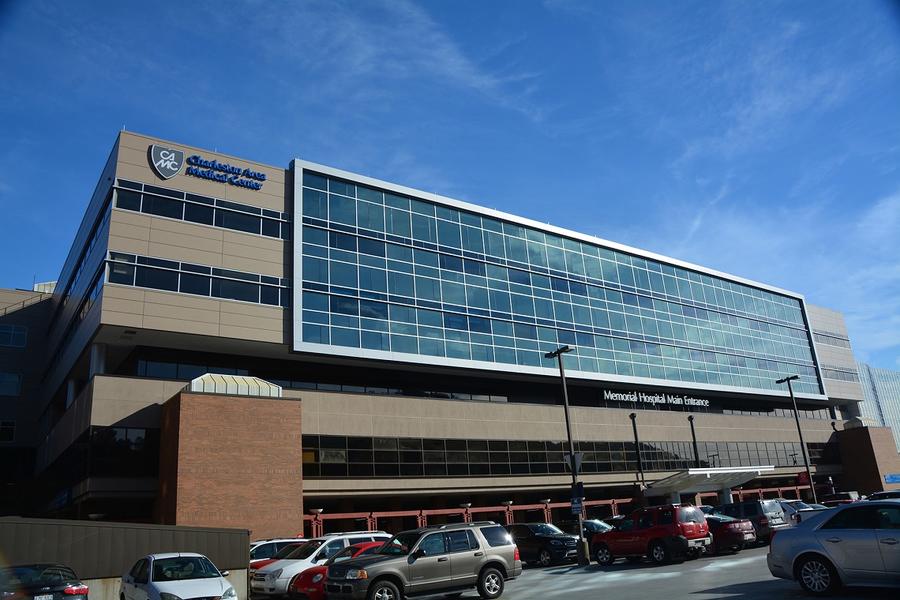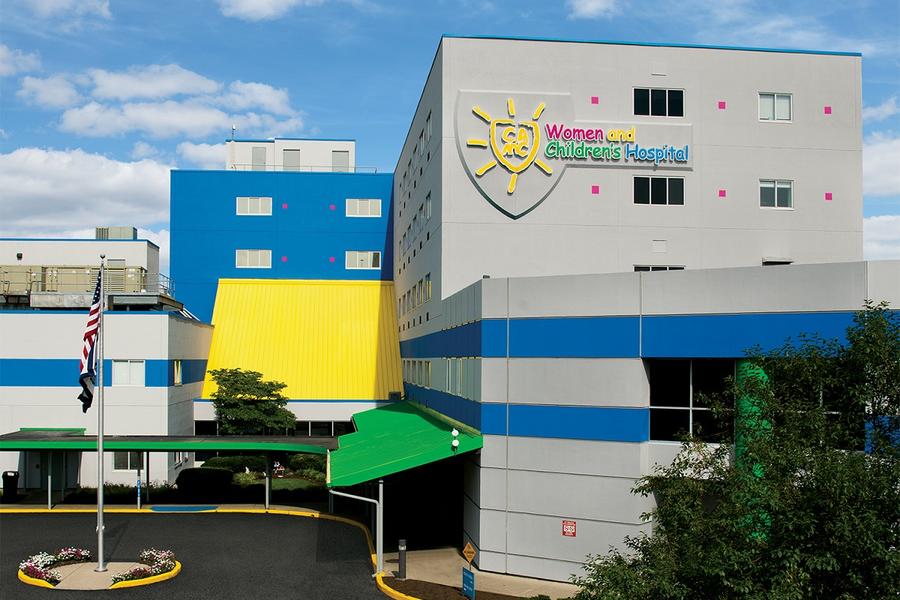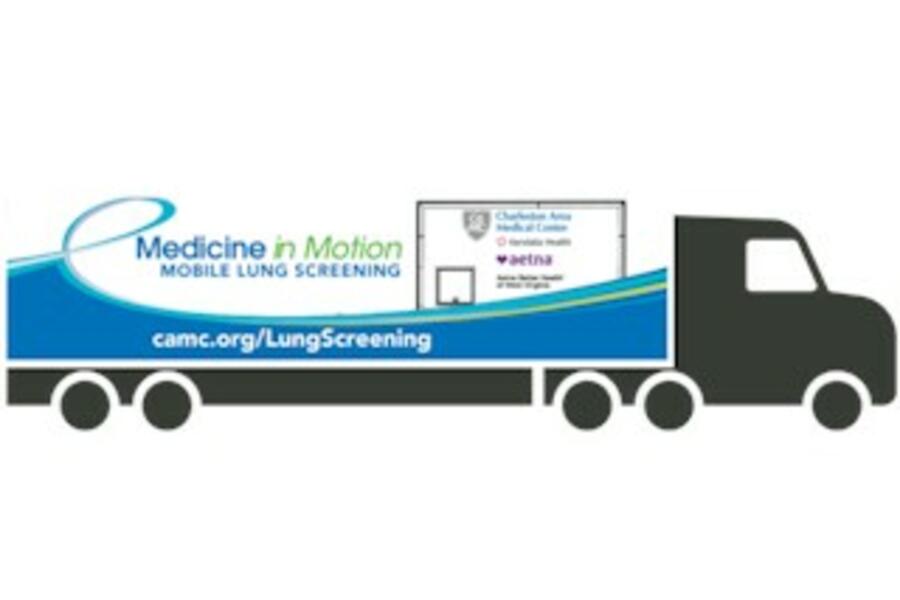Physicians use the information they get from a CT scan to rule out or confirm the presence of certain abnormalities or diseases. If doctors do see something on the scan, that information can be vital in determining proper treatment options.
Our Approach to CT Imaging
CT scanning combines special X-ray equipment with sophisticated computers to produce multiple images or pictures of the inside of the body. They provide greater clarity and more details than regular X-rays.
Low-dose technology
CAMC has implemented low-dose technology; the use of low dose protocols and special computer hardware and software which allow for the highest-quality images to be taken with the lowest dose of radiation to the patient.
Ambient CT
The ambient CT suite at Women and Children's Hospital creates a patient-friendly, non-clinical atmosphere for scanning. The ambient suite is specially designed with curved walls for projecting images and recessed lighting, providing a soothing, movie theatre-like experience without glasses or headphones.
The patient chooses the room theme before the scan starts, using a special control pad. This interaction between patient and equipment is designed to make people more relaxed and move their attention away from any anxiety caused by the impending procedure. The suite features both adult and pediatric-friendly themes.
Cardiac CTA
Cardiac CTA (computed tomography angiography) is used to evaluate coronary artery disease and to evaluate a patient's risk of heart attack. Since cardiac CTA is able to detect small amounts of plaque that are missed on other exams, it can detect disease very early, before a patient has symptoms.
Using only an intravenous injection of contrast dye, the test is non-invasive and does not require placing a catheter into an artery or the heart. The computed tomography (CT) scanner can scan the entire heart during 10 heartbeats.





